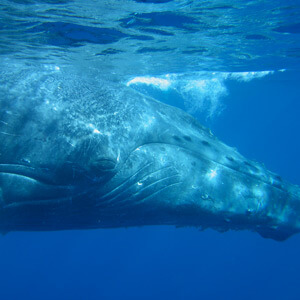
Generally there are two categories of strandings. The first is solitary strandings, which normally involve only one whale. The majority of single strandings involve ill or already dead animals. If these animals are refloated they will usually strand again or die at sea shortly after release as the weight of their body mass can crush their own internal organs if they are on the beach for an extended period.
The second category is mass strandings, which consist of three or more Animals, usually toothed whales such as pilot whales. Several theories have been put forward to explain mass strandings. These range from the likely to the ridiculous. The likely are explained below, the ridiculous will not be discussed.
Strandings occur for the following reasons:
1. The whales’ navigational senses are disrupted and they cannot use the Earth’s magnetic field to navigate migration routes
2. The toothed species of whales are those most likely to strand en mass
3. Strandings usually occur on gently sloping sandy or muddy shores
4. In mass strandings the majority of animals are healthy except for one or two individuals
5.Social bonds between animals will cause others in the pod to strand when responding to the call of sick animals or following the leader into shallow water
6. Atmospheric disturbances such as storms or even a full moon increase the likelihood of strandings occurring
If you find a stranded whale, here are some good ideas about what to do:
1. If the animal is completely out of the water, keep it upright. This minimises the risk of drowning as the tide returns, and reduces the animals disorientation when it is refloated
2. If the animal is laying on its flippers, dig them free as these and the flukes are areas where they lose most of their body heat
3. Do not touch or cover the blowhole and keep water away from it, it is extremely sensitive
4. Keep the animal cool – beached cetaceans usually die of heat exhaustion. The body’s thick layer of blubber holds the heat like a thermos flask. If not kept wet, the delicate skin soon dries out, cracking and peeling in the sun
5. Make sure the animal’s skin is kept wet. If possible cover the skin with a light-coloured towel or sheet and keep this wet
6. Do not tug on flippers or flukes as cetaceans are very fragile. Using a sling or canvas sheet gently lift or drag the animal to the water
7. Once back in water do not push the animal out to sea immediately. allow some time for the animal to cool down and reorient itself. After a while guide the animal seaward



